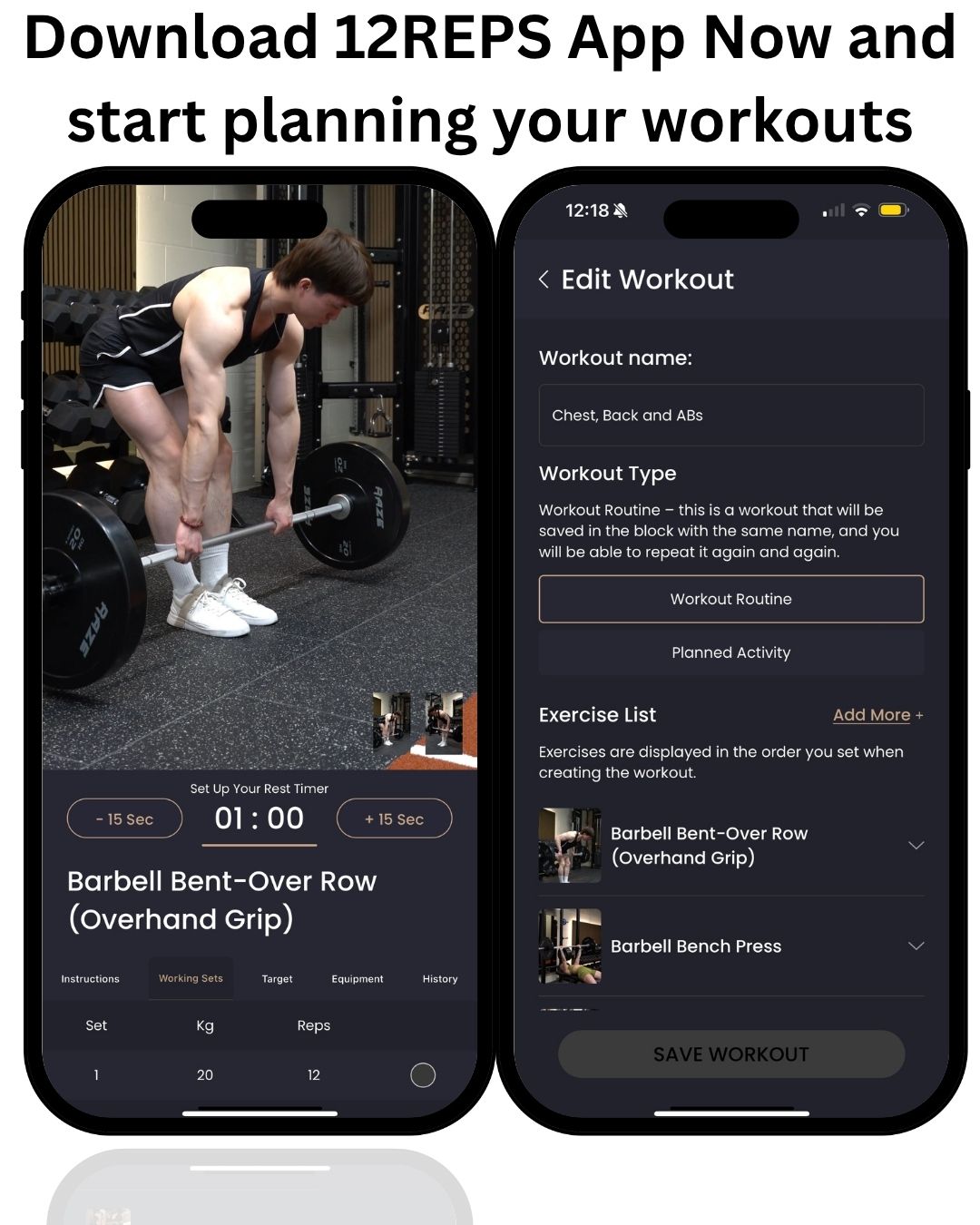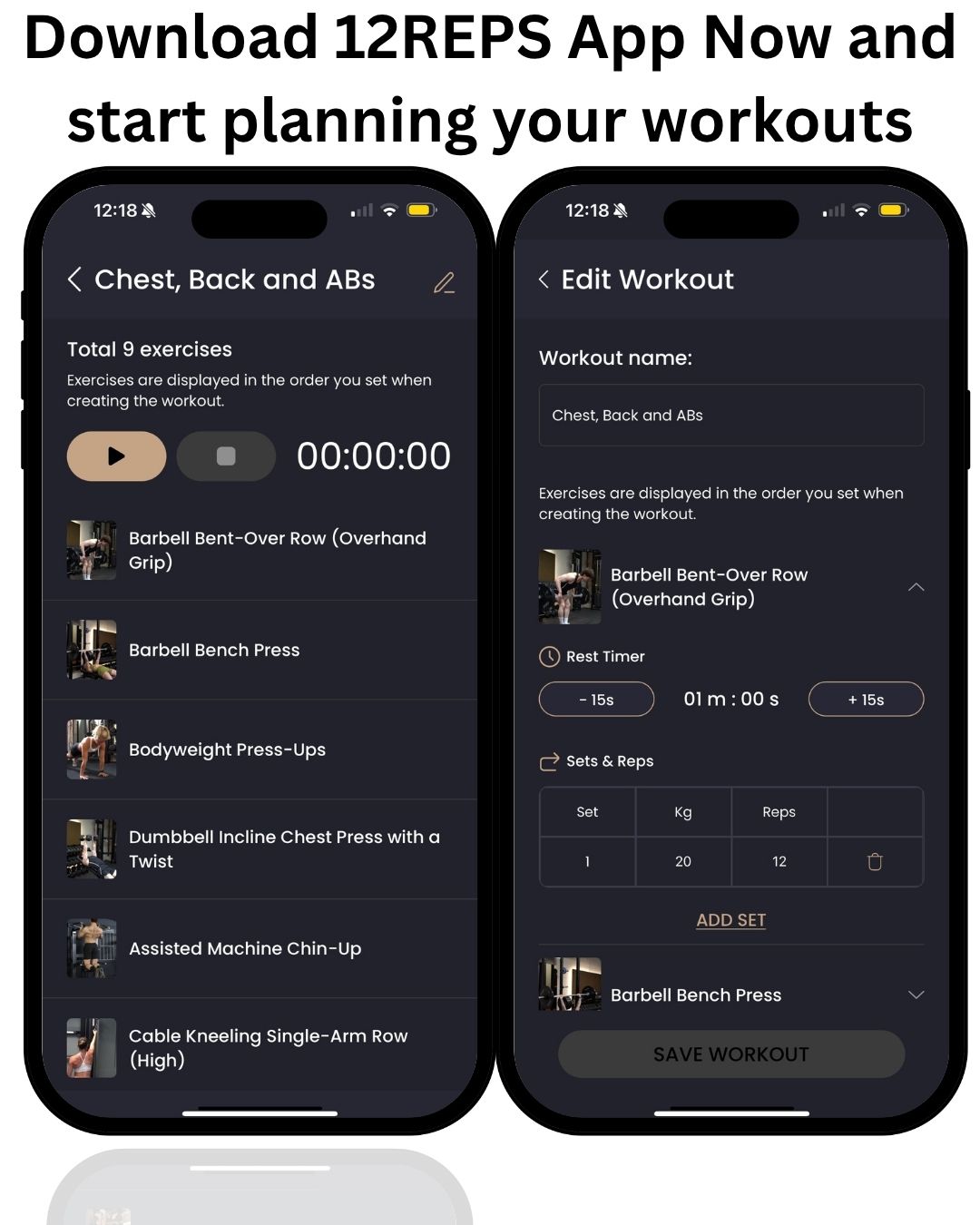By Will Duru, BSc (Hons) Sport and Exercise Science, Award-winning Personal Trainer with over 10 years of experience in strength training and optimising recovery.
Let’s be honest for a moment. You’re eating the same things you’ve always eaten. You’re exercising, maybe even more than you used to. But suddenly, the number on the scale just won’t budge. Or worse, it’s slowly, stubbornly, creeping up, year after year. You feel like you’re doing everything right, but your body just isn’t playing by the same rules it used to. If this sounds familiar, I want you to hear me loud and clear: You are not imagining it, and you are not alone. This is one of the most common frustrations I hear from my female clients when they first come to me. They feel like they’re fighting a losing battle, and they’re exhausted.
It’s a deeply frustrating experience. The rules of weight loss that seemed to work in your 20s and 30s suddenly seem to have been completely rewritten in your 40s and beyond. It can make you feel like you’ve failed, or that you just don’t have the willpower you used to. But I’m here to tell you that this is not a failure of willpower. It’s a change in your biology. Your body is going through a significant transition, and the old strategies simply aren’t effective anymore.
In this article, I’m going to pull back the curtain and explain exactly what’s going on. We’re going to talk about the three main biological reasons why it becomes so much harder to lose weight after 40. More importantly, I’m going to give you a clear, simple, and actionable strategy that works with your body, not against it. I’m going to show you how to shift your focus from just “losing weight” to changing your body composition—losing fat and building lean, strong muscle. And I’ll reveal why strength training is the undisputed hero of this new approach.

The Metabolic Slowdown: Muscle Matters More Than Ever
The first and most significant culprit behind this weight loss resistance is a natural, age-related decline in your metabolic rate. Your metabolism is the process by which your body converts what you eat and drink into energy. When people say they have a “slow” metabolism, they mean their body burns fewer calories at rest. And while it’s true that metabolism does slow down with age, it’s not for the reason most people think. It’s not some random, unavoidable fate. The slowdown is largely due to a process called sarcopenia, which is the gradual loss of muscle tissue as we get older. This process starts as early as our 30s but begins to accelerate significantly in our 40s and 50s.
I want you to think of your muscle as your body’s metabolic engine. It is the most metabolically active tissue you have. The more muscle you carry, the bigger and more powerful your engine is, and the more fuel (calories) it burns throughout the day, even when you’re just sitting at your desk or sleeping. As you lose muscle through sarcopenia, your engine literally gets smaller. A smaller engine burns less fuel. This is why your resting metabolic rate declines. One study on the topic found that the metabolic effects of sarcopenia include a decrease in resting metabolic rate secondary to this loss of fat-free mass. [1]
This has a profound impact on your daily calorie balance. It means that the same number of calories that allowed you to maintain your weight at age 30 can now cause you to gain weight at age 45. Your engine is simply more fuel-efficient, and the excess fuel gets stored as fat. This is why the old approach of just “eating a little less and moving a little more” often fails. While creating a calorie deficit is still the fundamental principle of fat loss, the solution isn’t just to starve your engine of fuel. The most effective, long-term strategy is to rebuild the engine. This is where building and maintaining muscle through strength training becomes the single most important thing you can do to fight back against the metabolic slowdown. It’s not just about burning calories during your workout; it’s about increasing the number of calories you burn 24 hours a day.

The Hormone Factor: A Perfect Storm
The second major player in this story is, of course, hormones. For women, the 40s and 50s are defined by the hormonal shifts of perimenopause and menopause. The primary change is the fluctuation and eventual decline of estrogen. This hormonal shift creates what I call a “perfect storm” for weight gain, and it’s crucial to understand that this is a biological process, not a personal failing.
Lower estrogen levels affect your body and your relationship with food in three key ways:
- It Changes Where You Store Fat: Estrogen tends to direct fat storage to the hips, thighs, and buttocks. As estrogen levels decline, your body’s fat storage pattern begins to shift to a more typically male pattern, favoring the abdomen. This is why many women notice an increase in belly fat, or visceral fat, during this time, even if their overall weight hasn’t changed much. This type of fat is not only frustrating from an aesthetic standpoint, but it’s also more metabolically dangerous as it surrounds your internal organs. A comprehensive review on the topic confirmed that the change in the hormonal milieu at menopause is associated with an increase in total body fat and an increase in abdominal fat. [2]
- It Can Affect Insulin Sensitivity: Estrogen plays a role in how your cells respond to insulin, the hormone that manages your blood sugar. As estrogen declines, your body can become less sensitive to insulin. This means your body has to work harder to control blood sugar levels, which can lead to more frequent energy crashes, intense cravings for sugar and carbohydrates, and a greater likelihood that excess calories will be stored as fat.
- It Impacts Appetite, Mood, and Sleep: The hormonal rollercoaster of perimenopause can wreak havoc on your sleep patterns and your mood. Poor sleep is a major trigger for increased levels of cortisol, the body’s primary stress hormone. High cortisol, in turn, is known to increase appetite and drive cravings for high-calorie, high-sugar “comfort” foods. It’s a vicious cycle: hormonal shifts disrupt your sleep, which increases your stress, which makes you crave the very foods that contribute to weight gain.
When you put these three factors together, you can see why it feels like your body is working against you. It’s not in your head. Understanding this hormonal context is the first and most important step toward managing it effectively.

The Solution: Flip the Switch with Strength and Protein
So, we’ve established that you’re dealing with a smaller metabolic engine and a perfect storm of hormonal changes. What on earth do you do about it? This is where we get to the good news. You have an incredible amount of power to change this situation. The solution is to flip the switch on your body’s metabolism and work with your new hormonal reality. The strategy is beautifully simple and has two main parts: lift heavy things and prioritize protein.
Action 1: Lift Heavy Things. If there is one thing I want you to take away from this article, it is this: strength training 3-4 times per week is non-negotiable for women over 40 who want to manage their weight and feel strong. It is the single most powerful tool in your arsenal. It directly counteracts sarcopenia by sending a powerful signal to your body to build and maintain that precious, metabolically active muscle tissue. It rebuilds your metabolic engine. Furthermore, strength training has been shown to dramatically improve insulin sensitivity, helping your body manage blood sugar more effectively and reducing those maddening cravings. [3] It also helps to lower cortisol levels and improve sleep quality. It is the antidote to almost every negative metabolic and hormonal change we’ve discussed.
Action 2: Prioritise Protein. If strength training is the work, protein is the raw material your body needs to get the job done. As I’ve discussed in my other articles, your protein needs increase as you get older. A higher protein intake is essential for providing the building blocks your body needs to repair and build new muscle tissue in response to your workouts. But the benefits don’t stop there. Protein is also the most satiating macronutrient, meaning it helps you feel fuller for longer after a meal. A high-protein diet has been shown to naturally reduce overall calorie intake by taming cravings and preventing mindless snacking. My recommendation is to aim for 1.2-1.6 grams of protein per kilogram of your body weight each day, spread evenly across your meals.
This is where tracking becomes absolutely crucial. You can’t manage what you don’t measure. To know if you are successfully rebuilding your metabolic engine, you need to track your workouts to ensure you are progressively getting stronger over time. To know if you are giving your body the raw materials it needs, you need to track your nutrition to ensure you are consistently hitting your protein goal. This might sound like a lot of work, but modern tools make it simple. This is exactly why I recommend the 12reps app to all my clients.

Conclusion
Let’s recap. The reason it’s so hard to lose weight after 40 isn’t because you’ve lost your willpower. It’s because your body is undergoing two fundamental shifts: a metabolic slowdown caused by muscle loss, and a hormonal storm triggered by perimenopause and menopause. The old rules no longer apply. But this is not a declaration of defeat; it’s a call for a new strategy.
That new strategy is to shift your focus from simply “losing weight” on the scale to improving your body composition. The solution is to fight back against muscle loss and hormonal changes with the powerful one-two punch of progressive strength training and a high-protein diet. Your body hasn’t betrayed you; its needs have just changed. By changing your approach, you can not only manage your weight effectively, but you can get stronger, leaner, and more resilient than you have ever been before. You can build a body that is ready to thrive in this next chapter of your life.
Ready to take control? It’s time to stop fighting your body and start working with it. I encourage you to download the 12reps app and start your free trial today. Get the right plan, the right tools, and the right support for your body, right now.

References
- [1] Karakelides, H., & Nair, K. S. (2005). Sarcopenia of aging and its metabolic impact. Current topics in developmental biology, 68, 123-148. https://pubmed.ncbi.nlm.nih.gov/16124998/
- [2] Davis, S. R., Castelo-Branco, C., Chedraui, P., Lumsden, M. A., Nappi, R. E., Shah, D., & Villaseca, P. (2012). Understanding weight gain at menopause. Climacteric, 15(5), 419-429. https://pubmed.ncbi.nlm.nih.gov/22978257/
- [3] Strasser, B., & Pesta, D. (2013). Resistance training for fat loss. GMS health technology assessment, 9. https://www.ncbi.nlm.nih.gov/pmc/articles/PMC3630467/










